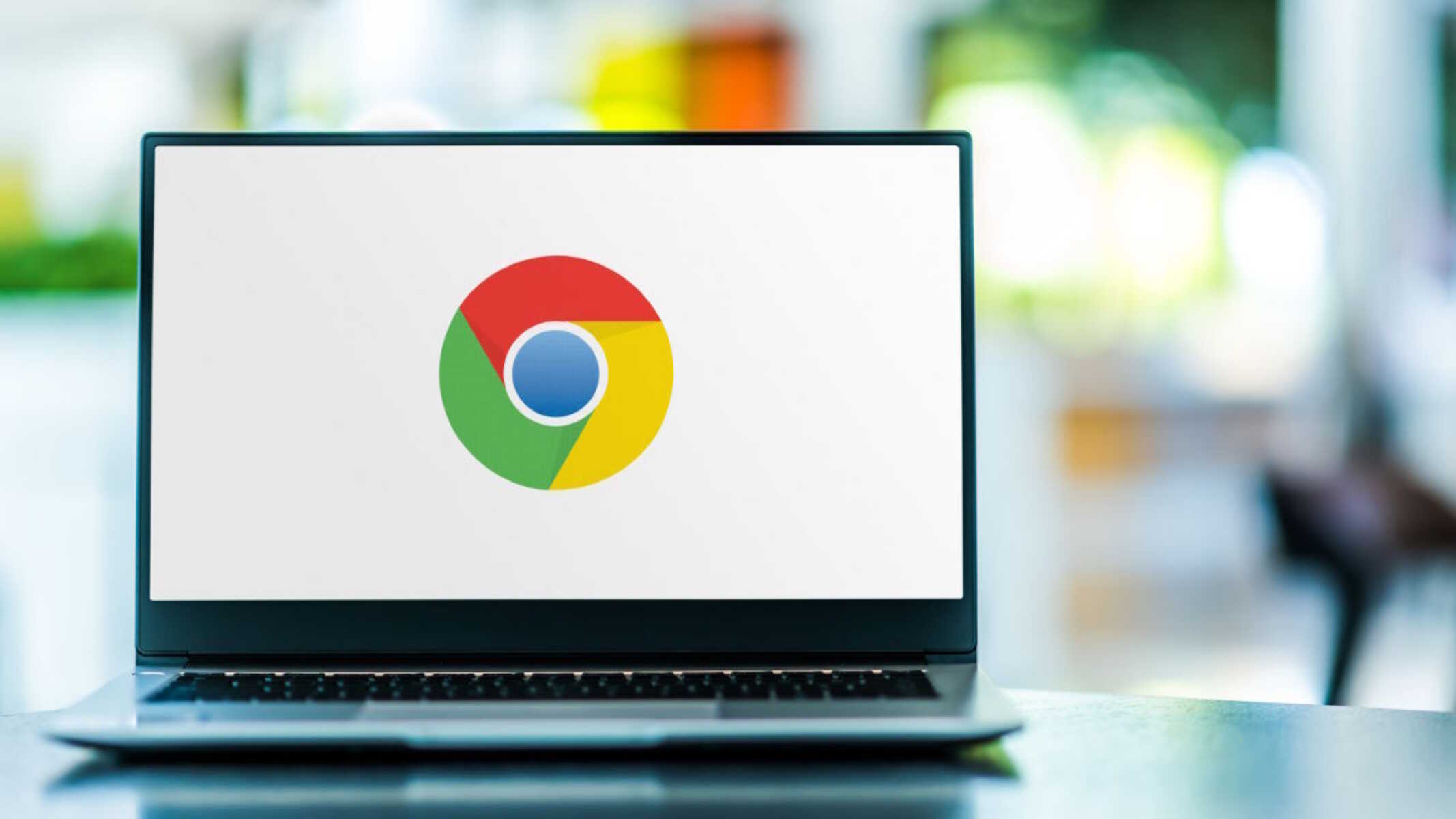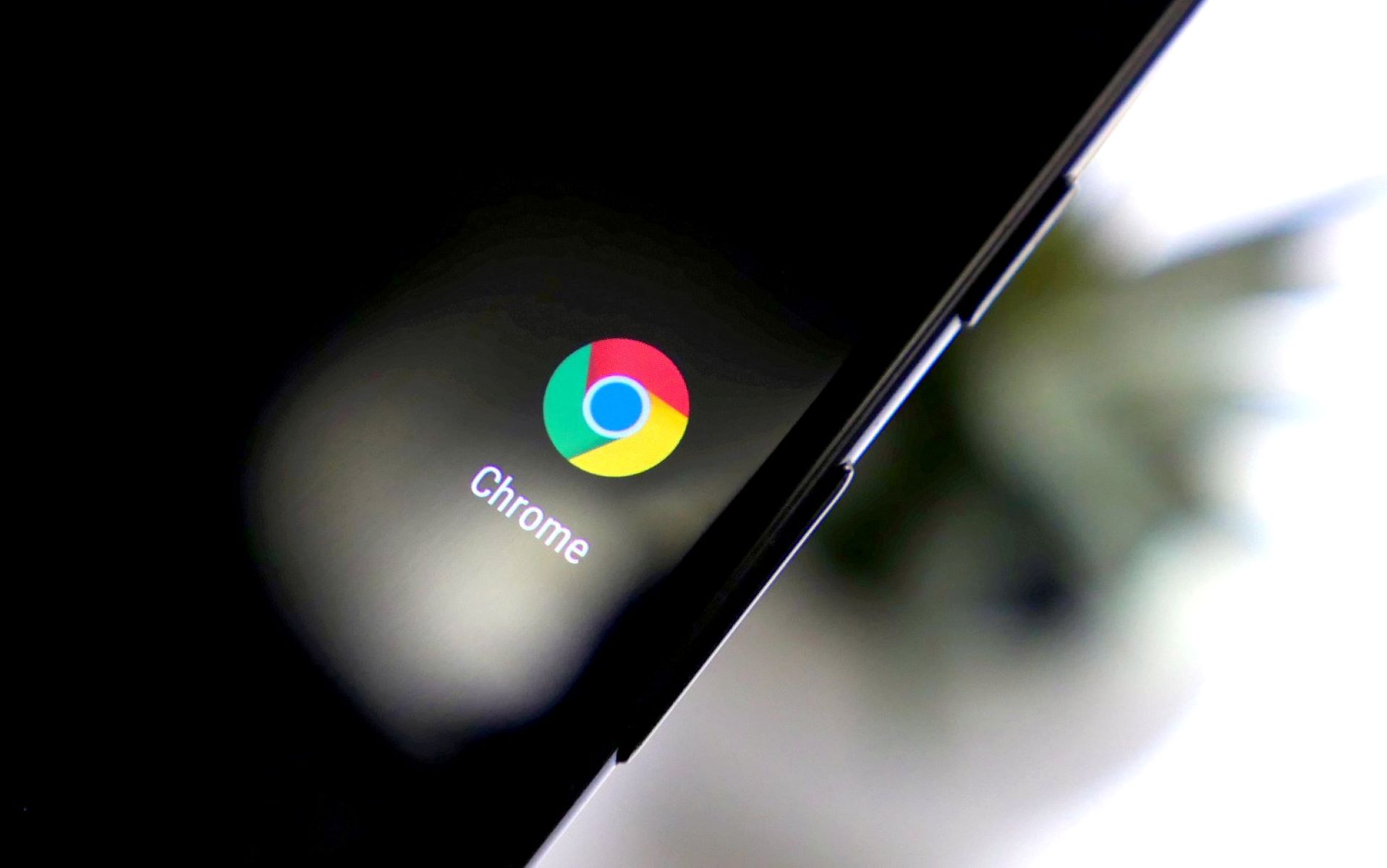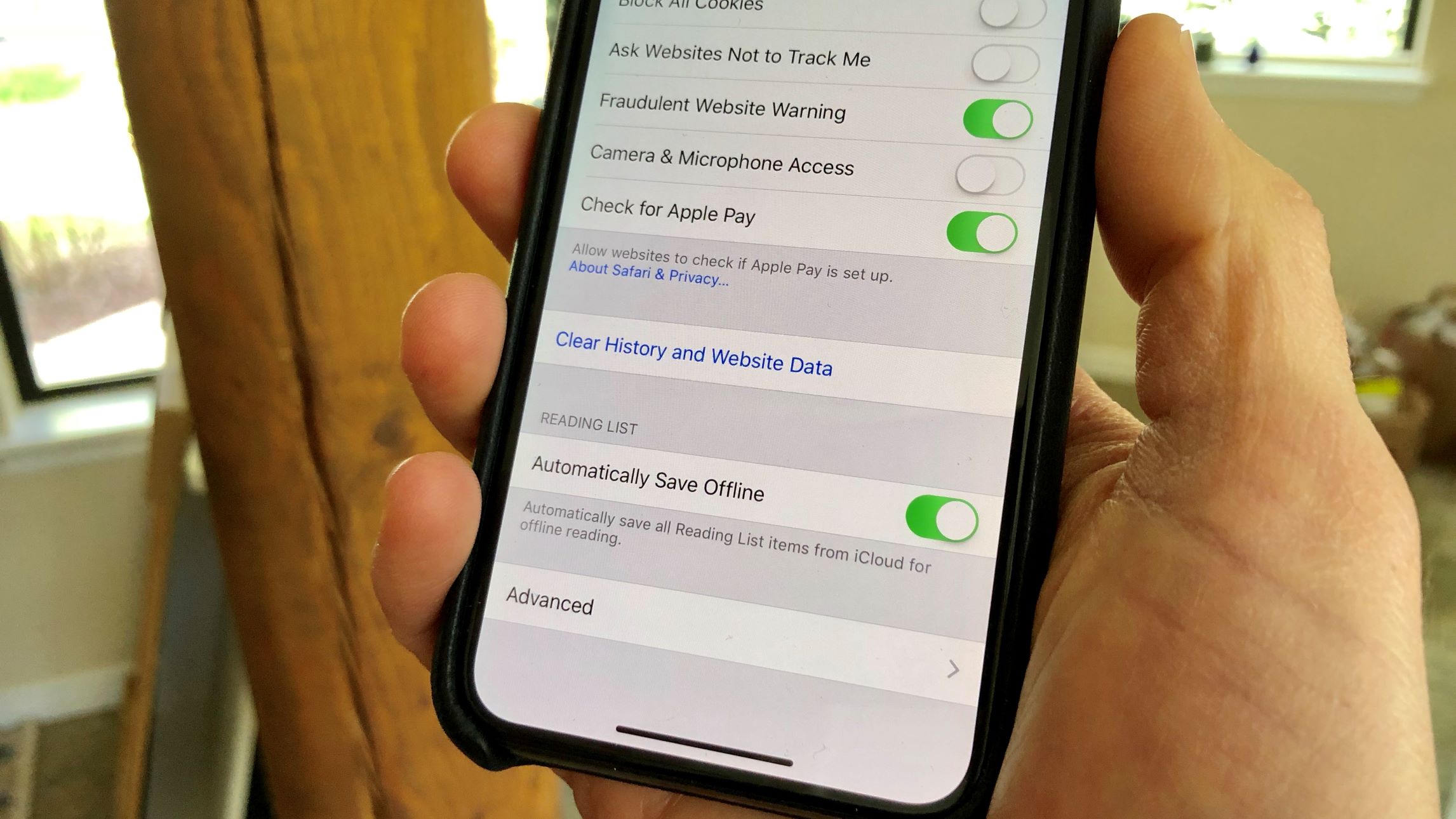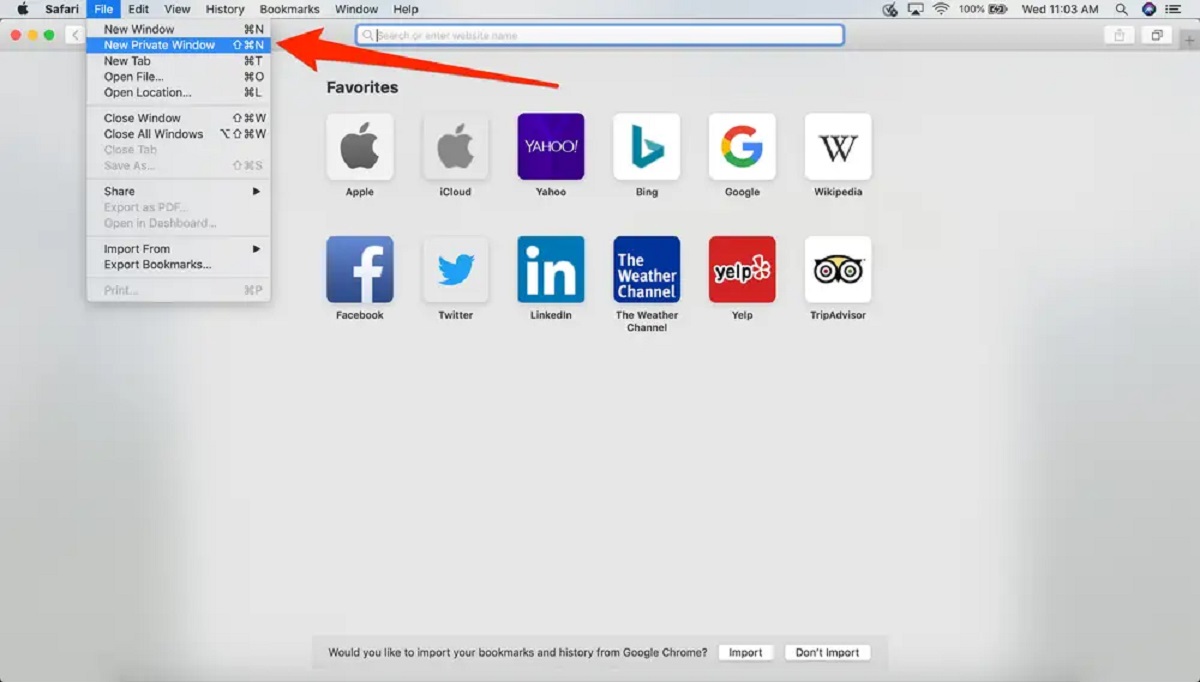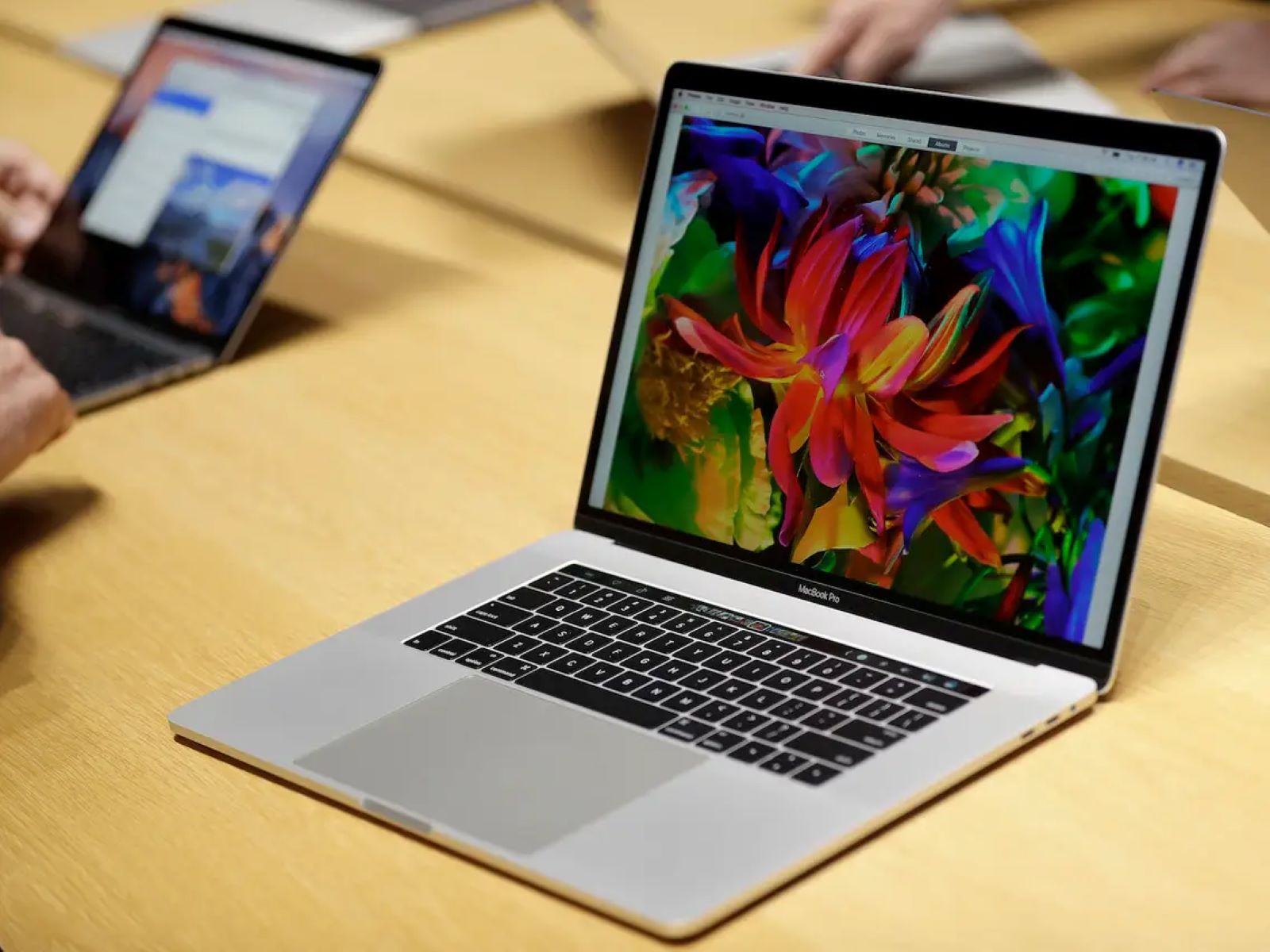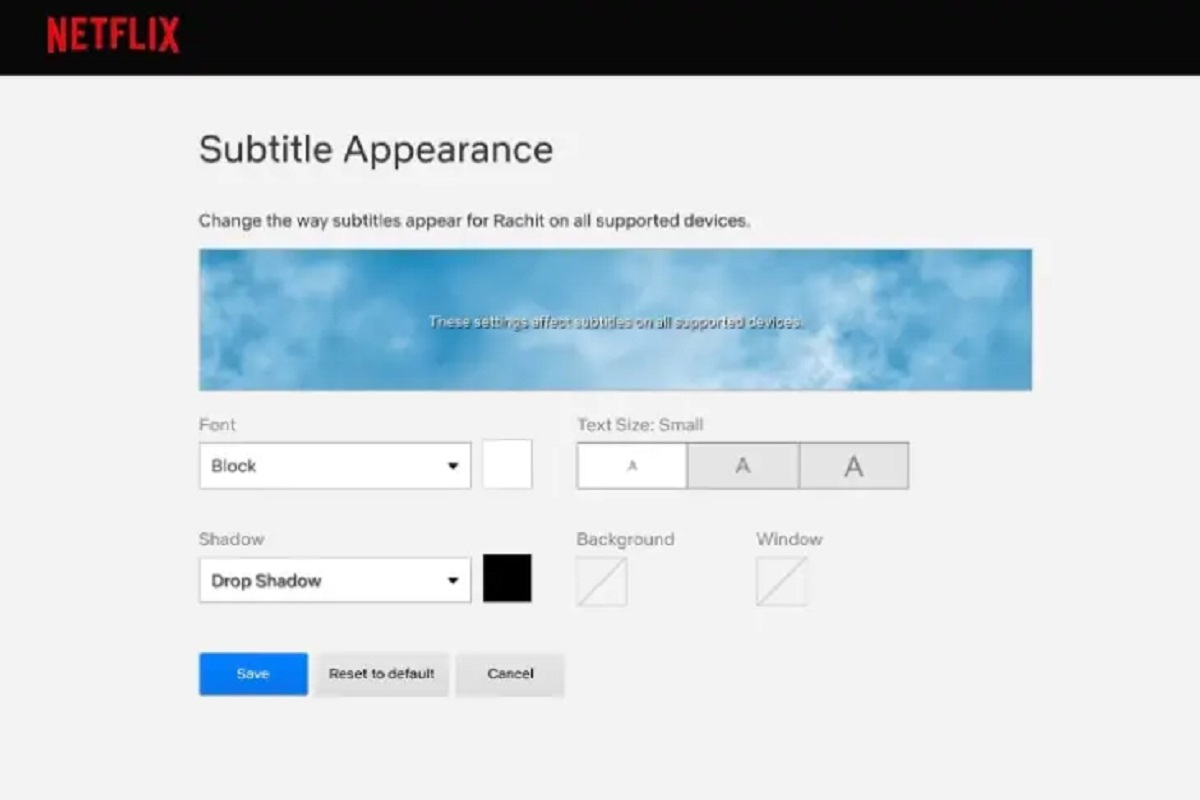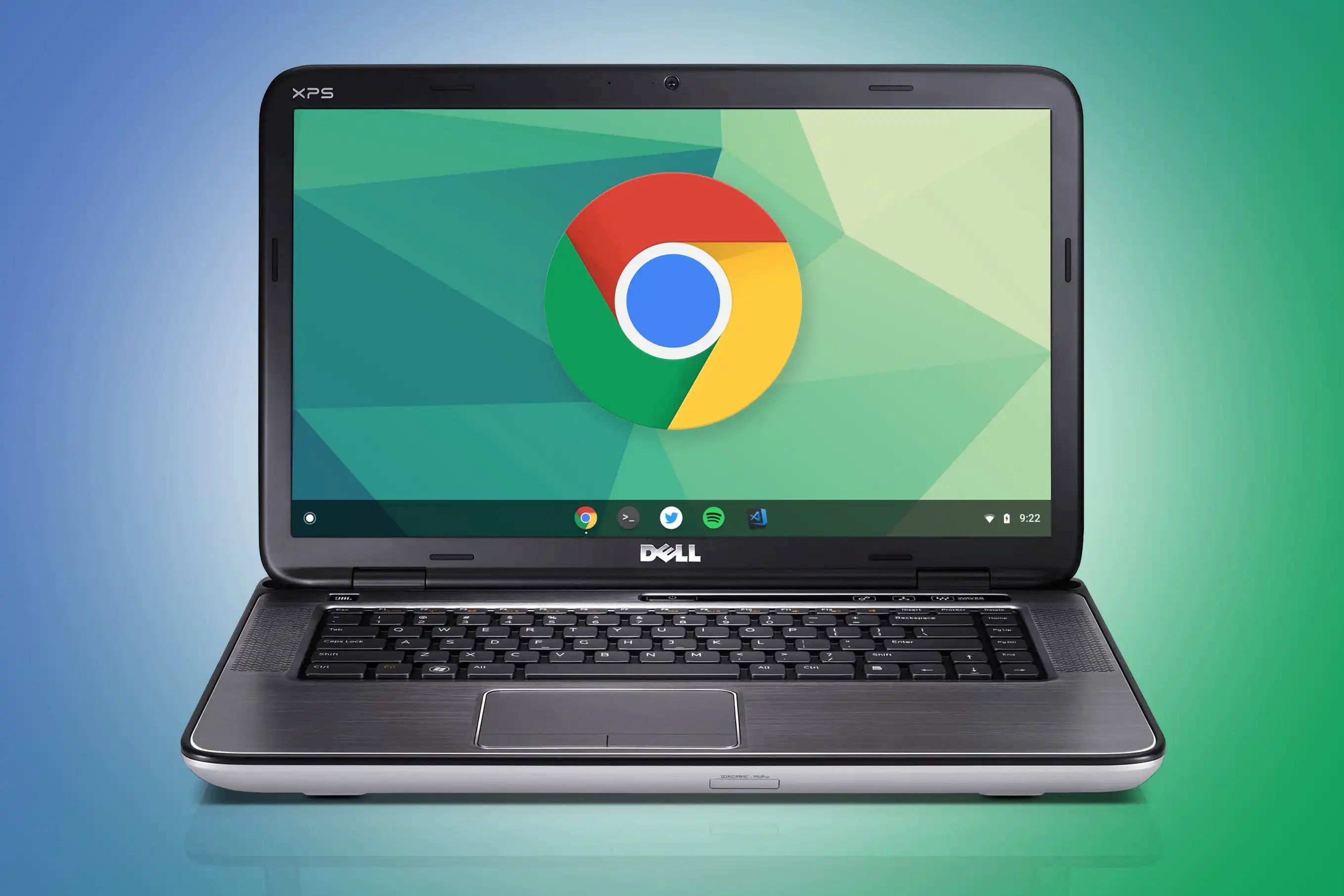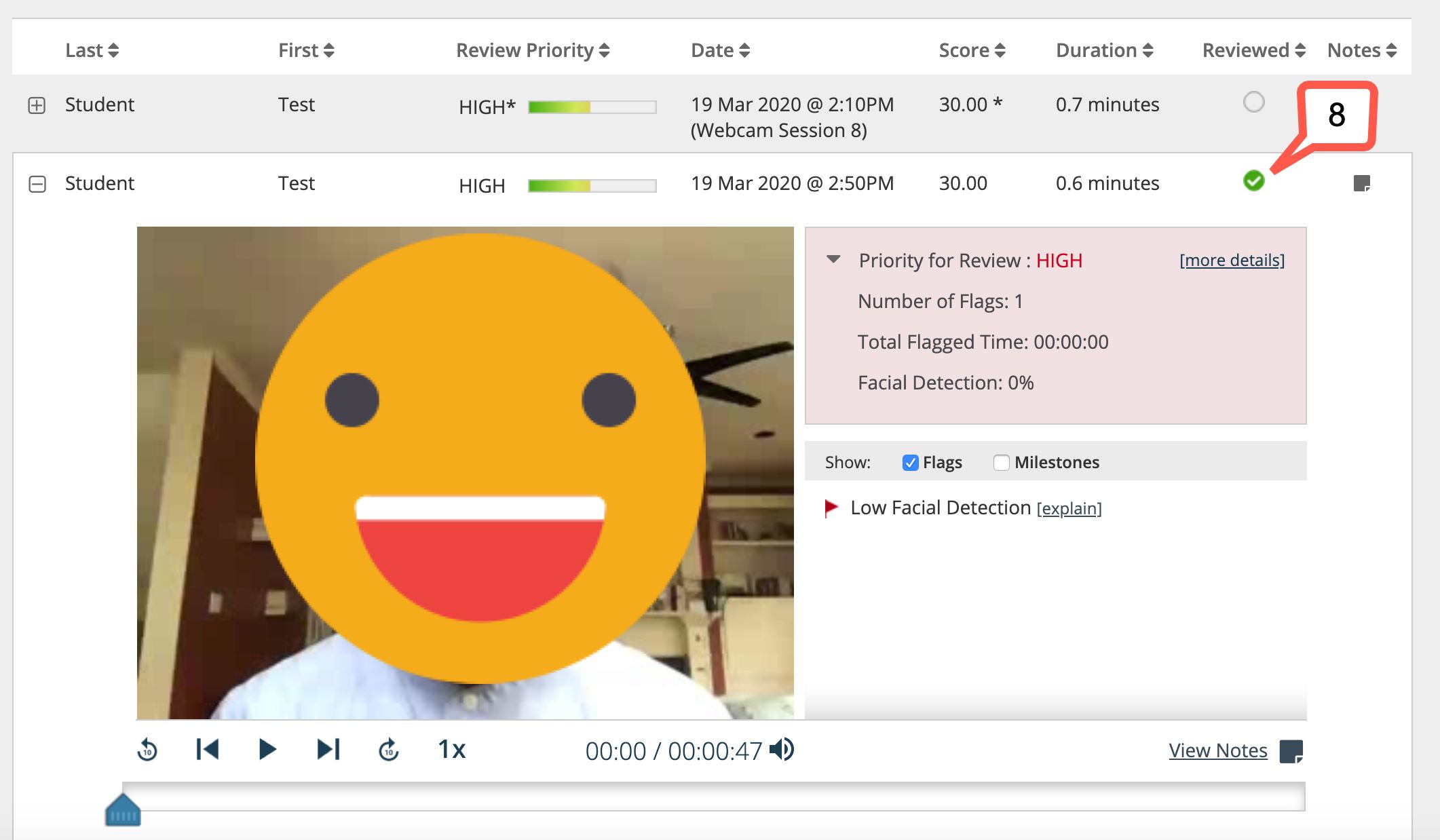Introduction
Welcome to the world of the internet, where browsers connect us to a vast array of information and services. As an internet user, it’s important to know which browser you are using. Whether you’re on a desktop computer or a mobile device, identifying your browser can help you troubleshoot issues, ensure compatibility with websites, and take advantage of specific features and tools. In this article, we will explore various methods to determine your browser, both on desktop and mobile platforms.
Knowing your browser is especially crucial for web developers and designers. Different browsers have their own unique features, rendering engines, and levels of support for web standards. By identifying your browser, you can better tailor your website’s design and functionality to ensure optimal user experience across different platforms.
In the sections that follow, we will provide step-by-step instructions for checking your browser on both desktop computers and mobile devices. We’ll also delve into using built-in browser tools and third-party websites to confirm your browser. So, let’s dive in and discover how to identify the browser you’re using!
Checking your browser on a desktop computer
Identifying your browser on a desktop computer is a straightforward process. Here are a few methods you can use:
- Menu bar: Many browsers display the name of the browser in the menu bar at the top of the window. Look for options such as “File,” “Edit,” or “Help” and the name of your browser should be located next to them.
- About page: In most browsers, you can find detailed information about your browser by accessing the “About” page. Simply click on the “Help” or “Settings” menu and look for an option that says “About [browser name].” Clicking on this will display a pop-up or a new tab with information about your browser version.
- Shortcut key: Some browsers have a keyboard shortcut that reveals specific browser details. For example, in Google Chrome, pressing “Alt + F” on Windows or “Option + F” on Mac and then selecting “Help” > “About Google Chrome” will open a tab displaying your browser information.
- Search engine: Another easy way to identify your browser is by searching for it using a search engine. Open your preferred search engine and type in the name of your browser. Look for results that display your browser’s official website, where you can find detailed information about your browser version.
These methods should help you determine which browser you are using on your desktop computer. Remember to check for the specific browser version, as different versions may have varying levels of compatibility with certain websites.
Now that we’ve covered desktop computers, let’s move on to exploring how you can identify your browser on a mobile device!
Checking your browser on a mobile device
On mobile devices, identifying your browser is just as important. Here are some methods to determine your browser on a mobile device:
- Settings: The “Settings” menu on your mobile device is a common place to find information about your browser. Open the settings app, scroll through the options, and look for an option labeled “About” or “About [browser name].” Selecting this will provide you with details about your browser, including the version number.
- App Store/Play Store: If you downloaded your browser from an official app store, you can easily check your browser information there. Open the respective app store on your device, search for the name of your browser, and select the app’s page. The app store will display the version number and additional details about your browser.
- About [browser name]: Similar to desktop browsers, some mobile browsers have an “About” option within their menus. Open the browser, tap the menu icon (usually three dots or lines), and look for an option labeled “About [browser name].” Tapping on this will reveal information about your browser, including the version number.
- Third-party apps: There are also third-party apps available that can provide information about the browser you are using. Simply search for “browser information” in your device’s app store and choose a reputable app with good reviews. These apps typically display details about your browser and may even offer additional features like clearing cache and cookies.
By utilizing these methods, you will be able to identify the browser you are using on your mobile device. If you encounter any issues or need to troubleshoot problems, having this information handy will be valuable.
In the next section, we will explore using built-in browser tools to determine your browser.
Using built-in browser tools
Many modern browsers come equipped with built-in developer tools that can provide valuable information about your browser. Here’s how to access these tools:
- Inspect Element: Right-click anywhere on a web page and select “Inspect” or “Inspect Element.” This will open the browser’s developer tools panel. In the panel, look for tabs or sections that display browser information, such as “Network,” “Console,” or “Application.” Here, you can find details about your browser’s name, version, and other technical information.
- About Browser: Some browsers provide direct access to browser information through their menus. Look for options like “About,” “About [browser name],” or “Help” in the browser menu. Clicking on these options will typically open a new tab or window with information about your browser, including the version number.
- User Agent: In the developer tools panel, you may find a section called “User Agent.” The User Agent provides detailed information about your browser, operating system, and device. It can be useful when troubleshooting website compatibility issues or when providing browser information to developers for support purposes.
Using these built-in browser tools, you can easily access information about your browser without the need for external websites or apps. These tools are particularly helpful for web developers and designers, as they provide insights into how websites are rendered, assist in debugging issues, and enable testing specific browser settings.
Next, let’s explore how you can check your browser using third-party websites.
Checking your browser with third-party websites
If you prefer a quick and easy method to check your browser without accessing built-in tools or menus, you can rely on third-party websites dedicated to detecting and displaying your browser information. Here’s how:
- WhatIsMyBrowser.com: Visit the website WhatIsMyBrowser.com, and it will automatically detect and display your browser information. The homepage provides details such as your browser name, version, operating system, and even your IP address.
- BuiltWith.com: BuiltWith.com is a comprehensive tool that not only detects your browser but also provides information about the technologies used on a particular website. Simply enter the website URL, and the tool will display the browsers and other technologies utilized.
- BrowseHappy.com: BrowseHappy.com is a website that promotes keeping your browser up to date for security and compatibility reasons. On the homepage, you’ll find information about the latest stable versions of popular browsers, helping you identify whether you are using an outdated browser.
Using these third-party websites, you can quickly identify your browser and gain additional information about its capabilities and compatibility. These tools can be especially useful if you are not comfortable navigating browser menus or if you need a convenient way to share your browser information with others for support or development purposes.
Now that we’ve explored various methods to determine your browser, let’s wrap up the article.
Conclusion
Identifying your browser is a fundamental aspect of navigating the internet. Whether you’re using a desktop computer or a mobile device, knowing your browser can help you troubleshoot issues, ensure compatibility, and take advantage of specific features.
In this article, we explored several methods to check your browser. On desktop computers, you can look for the browser name in the menu bar, access the “About” page, use keyboard shortcuts, or search online. On mobile devices, you can explore the settings, check the app store, access the browser’s menu, or utilize third-party apps. Additionally, built-in browser tools and third-party websites offer quick and convenient ways to identify your browser.
By knowing your browser, you can better tailor your website design, ensure seamless compatibility, and utilize features specific to your browser. Web developers and designers can also use this knowledge to optimize their websites for different browsers and versions.
So, whether you’re a casual internet user, a web developer, or simply curious about your browsing experience, these methods and tools will help you determine the browser you’re using. Stay informed, keep your browser up to date, and enjoy a smooth and personalized online experience!









